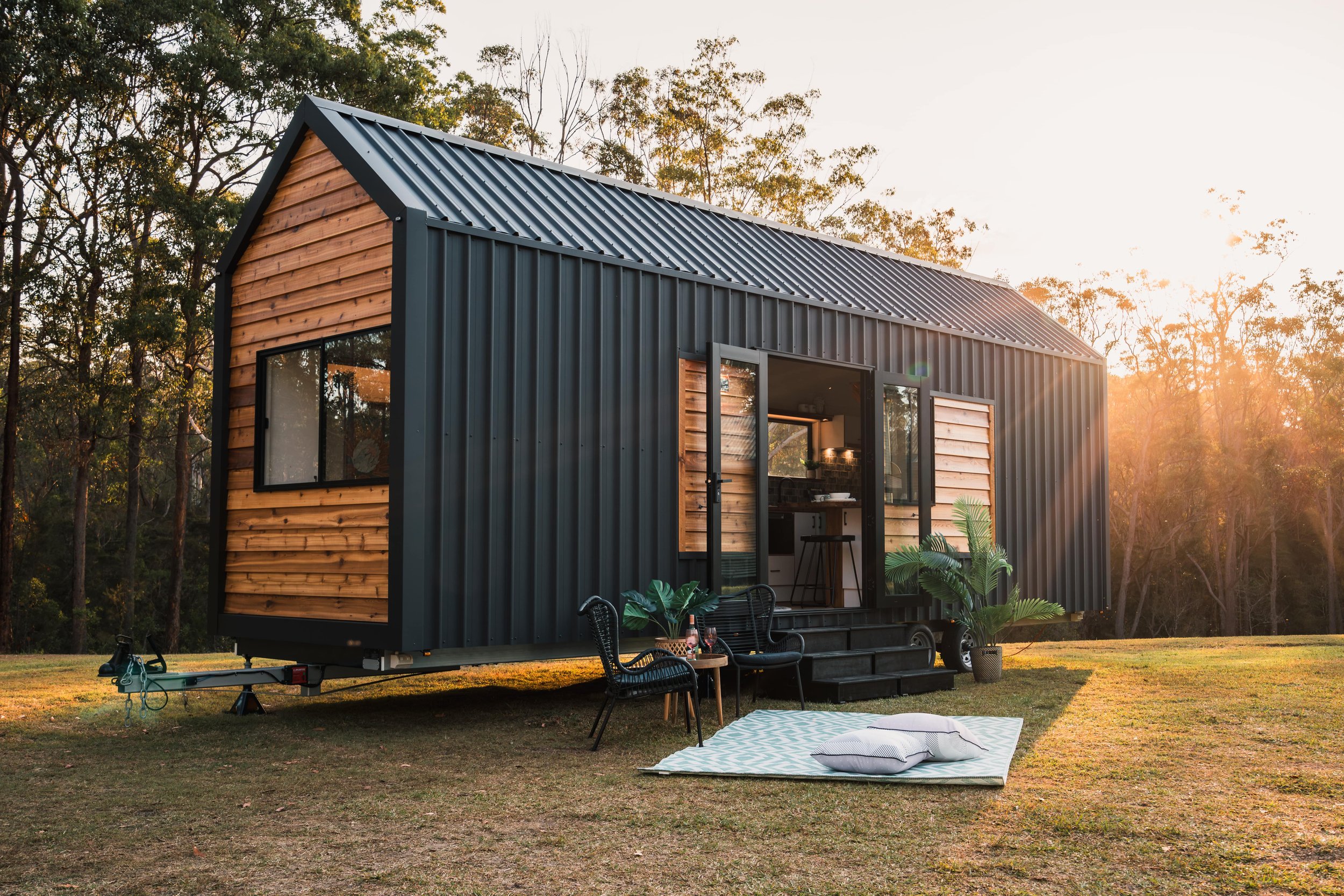
What is a Tiny Home?
A tiny home is a compact, often mobile living space that typically measures under 400 square feet (about 37 square meters). The concept focuses on maximizing efficiency, simplicity, and sustainability. Tiny homes are designed to include essential living areas—like a kitchen, bathroom, sleeping area, and storage—using creative design solutions to make the most of the limited space.
Key Features of Tiny Homes
-
Space Efficiency:
Smart design elements, like multi-functional furniture, lofted sleeping areas, and built-in storage, help make the small space livable and comfortable. -
Mobility:
Many tiny homes are built on wheels, making them mobile and giving owners the flexibility to move to different locations. -
Sustainability:
Tiny homes often incorporate eco-friendly features, such as energy-efficient appliances, sustainable building materials, and options for solar power or composting toilets. -
Minimalist Lifestyle:
Living in a tiny home encourages a minimalist lifestyle, focusing on the essentials and reducing material possessions.
There is some variation in defining a tiny home, but there are examples and they are usually based on floorspace. However, tiny homes do not have clearly defined features and may be mobile and may or may not have traditional home features. One definition, according to the International Residential Code, a tiny house’s floorspace is no larger than 400 square feet (37 m2).[7][8] In common language a tiny house and related movement can be larger then 400 ft2 and Merriam-Webster says they can be up to 500 ft2 .[9] One architectural firm used a threshold of 600 ft2 to define a tiny home.
One style of tiny house, is a bit like a Caravan or Travel Trailer, but is more focused on long term living in a fixed location, not vacation living. Other types can be fixed, tree house, or floating, for example. Tiny homes at times have encountered legal trouble and concerns have been raised about their habitability, however, they have found several niches. Some examples include, those looking to downsize, as an improvement on tent living, disaster relief housing, homeless relief housing, and short term rental property.